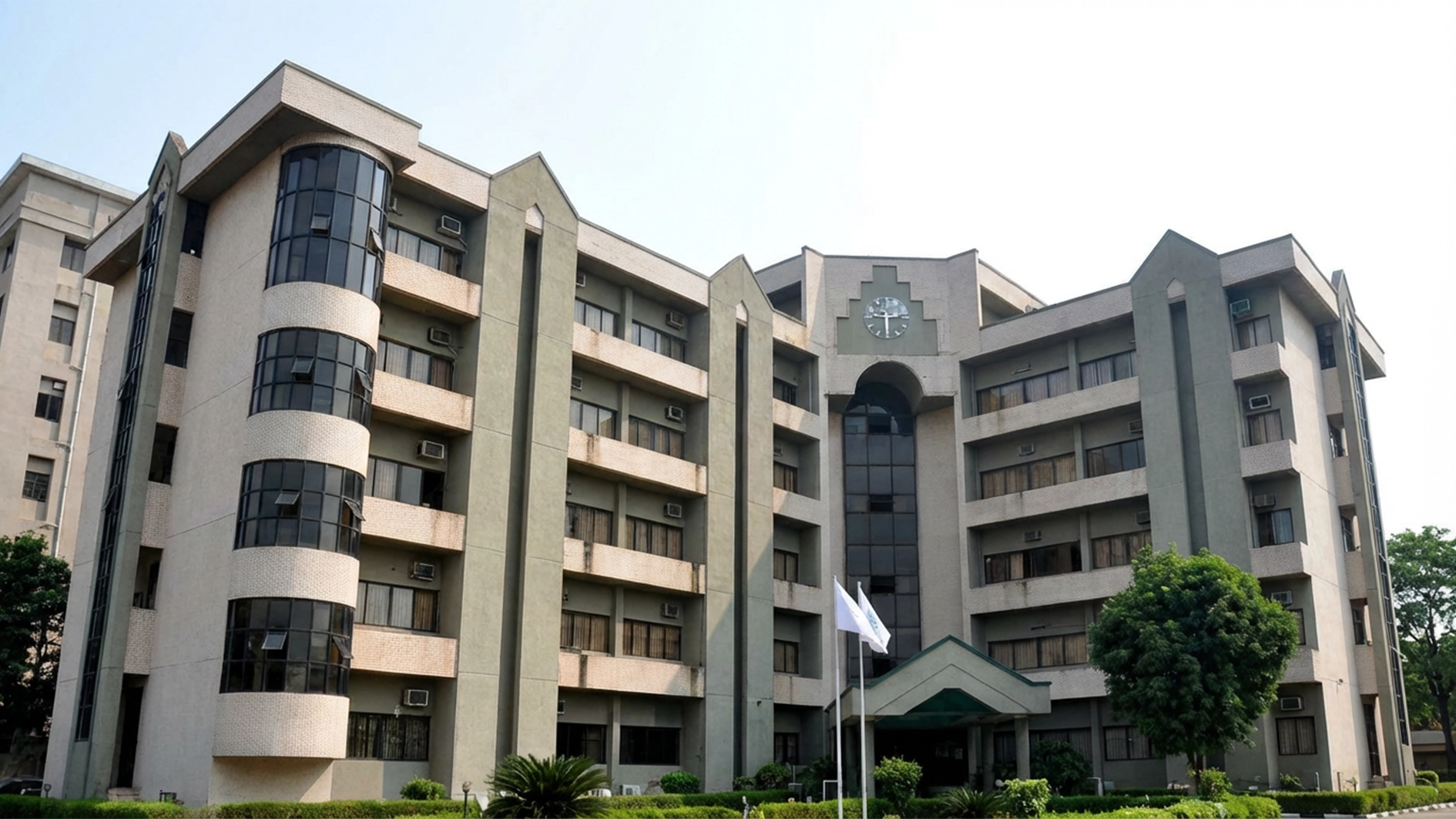
Dr. Gbemisola Boyede is a consultant neuro-developmental paediatrician at the Lagos University Teaching Hospital (LUTH). She spoke with GERALDINE AKUTU, on circumcision and how to manage it.
*Prevents Urinary Tract Infection’
What should parents know about circumcision?
Male circumcision is the surgical removal of the foreskin; the foreskin is opened and then separated from the glans after inspection. Circumcision should not be performed without a qualified health professional and a sanitary environment. It can be done in the theatre, in the consulting room or at home. Newborn circumcision is often done in the hospital nursery, usually seven to eight days after birth. Circumcision is one of the world’s most widely-performed procedures. It is a religious or cultural ritual for many Jewish and Islamic families, as well as certain tribes in Africa and other parts of the world.
Are there any health benefits associated with circumcision?
Circumcision aids personal hygiene, as it makes it simpler to wash the penis. Though the risk of urinary tract infection in males is low, it is more common in uncircumcised males. Circumcision therefore prevents urinary tract infection.
Prevention of sexually transmitted infections: Circumcised men might have a lower risk of certain sexually transmitted infections, including HIV.
Prevention of penile problems: Occasionally, the foreskin on an uncircumcised penis can be difficult or impossible to retract (phimosis). This can lead to inflammation of the foreskin or the head of the penis. Although cancer of the penis is rare, it is less common in circumcised men.
What risks are associated with this procedure?
Problems after circumcision are not common. The most common complications associated with circumcision are bleeding and infection. Circumcision may also result in foreskin problems, as the foreskin might be cut too short or too long. The foreskin might also fail to heal properly. When this happens, the remaining foreskin might re-attach to the end of the penis, requiring minor repair.
How is circumcision done?
There are two main methods used in circumcision: Plastibell or the Traditional Surgical Method (TSM).
Plastibell circumcision comes in six sizes to fit over the glands of various baby boys’ penises at birth. The most common size used is 1.2cm in diameter, followed by 1.3cm. Larger sizes of 1.5 and 1.7cm are used infrequently. The doctor looks at your child’s penis and estimate the appropriate size. The foreskin is separated, a small cut is made and then the plastic is put on the glands and tied. The foreskin is then cut and cleaned up. No gauze and no dressing is applied afterwards as you just wear your baby his diaper after the procedure.
The TSM involves separation of the foreskin and cutting the extra flesh. In some cases, doctors need to put stitches to prevent bleeding. Thereafter, a dressing is placed on the glans. The dressing will be removed after some days unlike the plastibel, which does not require dressing and falls on its own 3-5 days after the procedure.
What is the value of the foreskin?
There is really no value to the foreskin apart from covering the glans penis. It is, however, very useful in some surgical procedures to repair abnormalities of the penis for example hypospadias.
What precautions should parents take after a baby has been circumcised?
Post-circumcision care is very important. Circumcision causes pain; and for newborns, this pain may interfere with mother-infant interaction, or cause other behavioural changes. Paracetamol drops or syrup should be given twice daily for two to three days. Surgical type circumcision should be done under local anesthesia. For surgical circumcision, a light dressing such as gauze, with petroleum jelly should be placed over the head of the penis. The next time the baby urinates, this dressing usually will come off. Some pediatricians recommend keeping a clean dressing on until the penis is fully healed, while others advise leaving it off.
The important thing is to keep the area as clean as possible. If particles of stool get on the penis, wipe it gently with soap and water during diaper changes.
Great care should be taken not to apply engine oil. It is an hydrocarbon and can give the baby dermatitis. Pure olive oil can be used.
For the plastibell method, you don’t need to do anything in terms of dressing or otherwise. The plastibell covers the raw area, but the baby should be bathed normally. All the mother needs to do is just to wait for the plastic to drop usually in five days, but it may take up to a week. While this lasts, normal routine care of the baby should be continued.
Once the plastic drops, the circumcision is healed just bath the baby and the penis area normally. It is alright to wash the penis as it heals. Once the penis heals, wash it with soap and water during normal bathing. Change diaper often and avoid baby stools getting on to the area.






